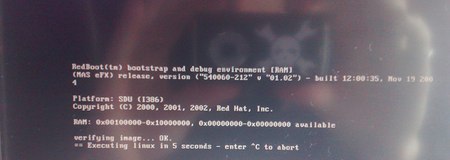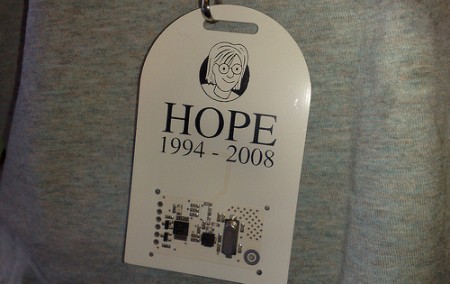
[Virgil] presented the next version of Wikiscanner at The Last HOPE today. To build the original Wikiscanner, he scanned the monthly database dump of anonymous edits and compared that against a purchased list of known company IP addresses. The 34.5 million edits account for nearly 21% of all edits. The idea was to unearth businesses and groups white washing critical pages. This only handles anonymous edits though. Users could log in to avoid having their IP reversed.
In the new version, [Virgil]’s team developed a Poor Man’s CheckUser. If you spend too much time editing a talk page, your session could end and when you hit save it attaches your IP. Most regular users will then log in and remove their IP. They found 13,000 username/IP address pairs by searching for IPs being removed and replaced with usernames. These are some of the most active users. Using this list, they could potentially uncover sockpuppets or potential collusion by top editors.
















